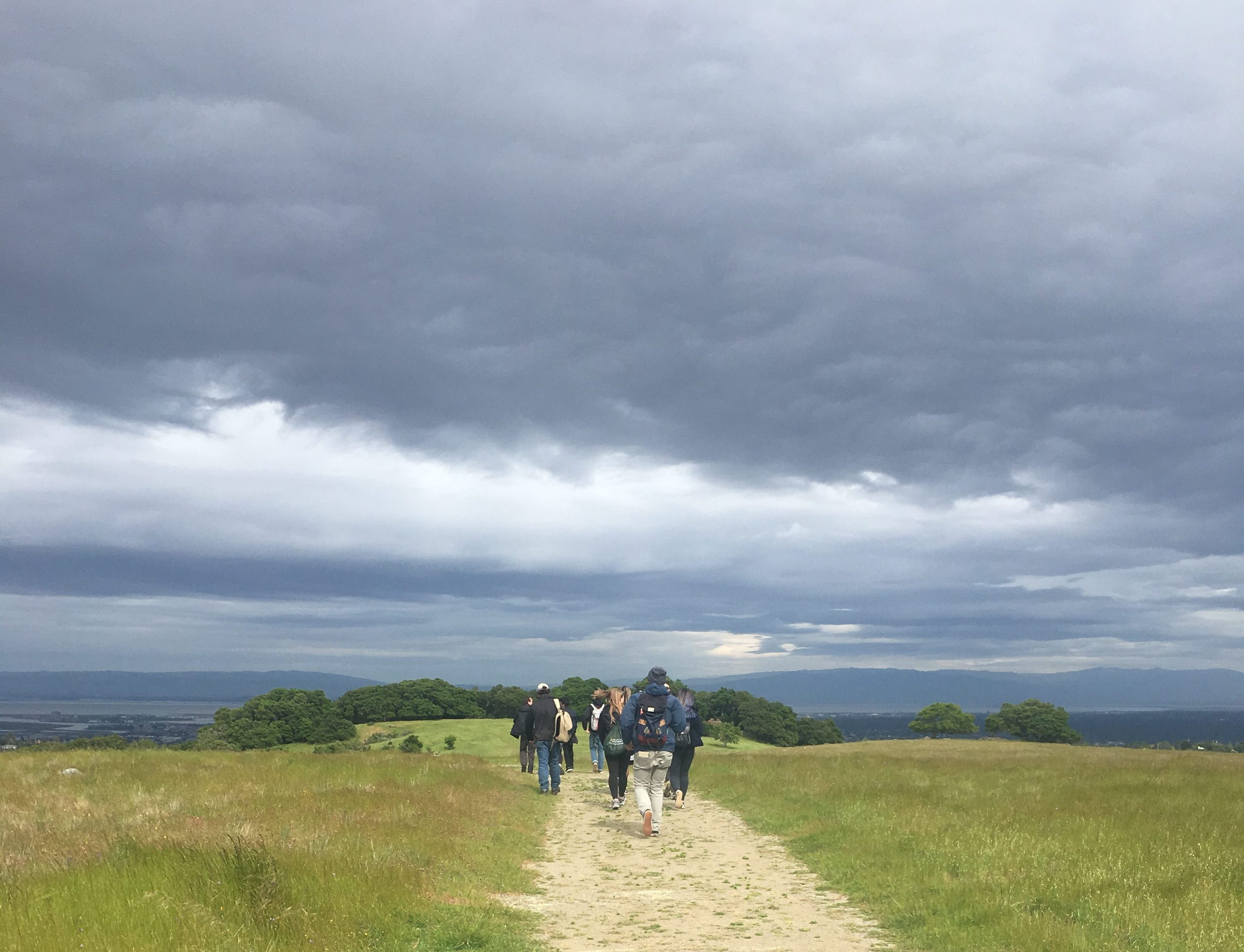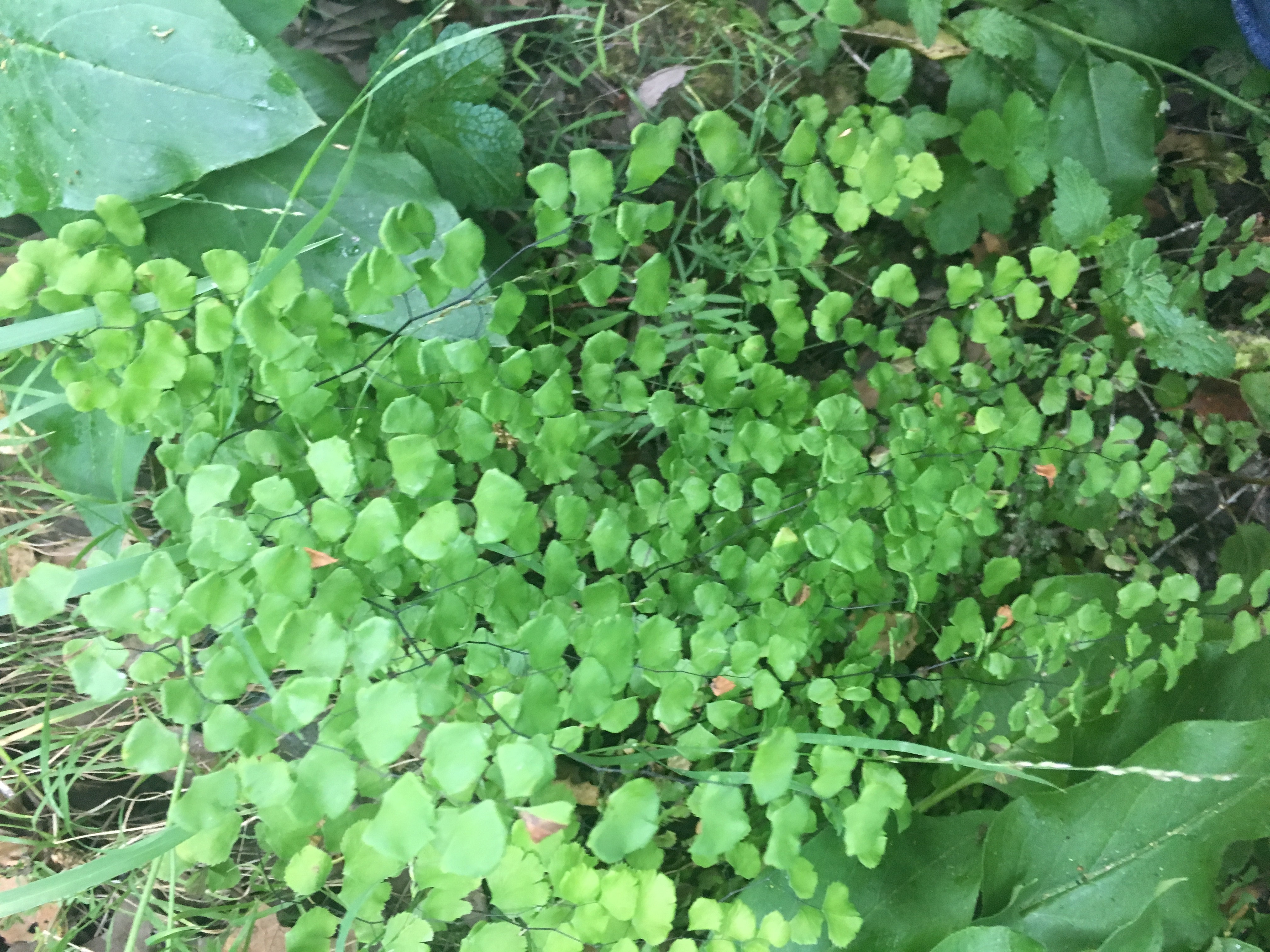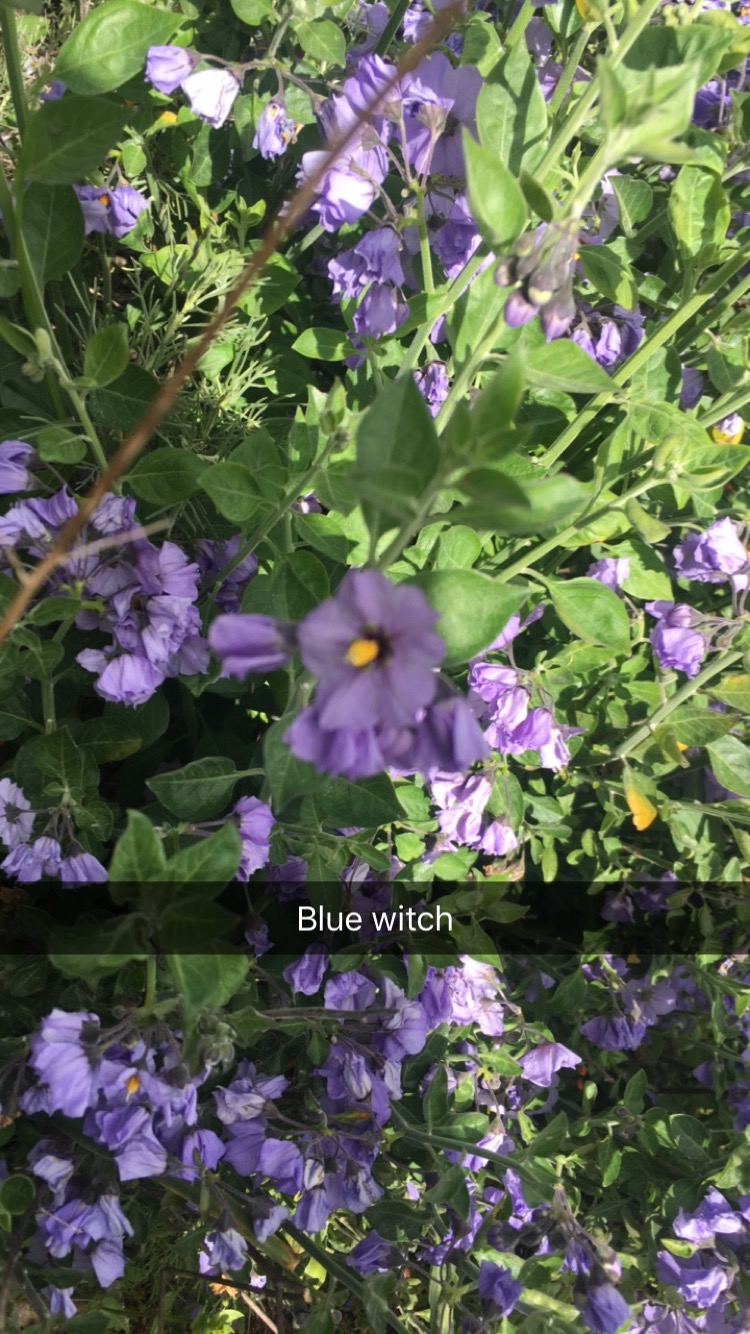Botany Field Journal #7
Date: 06 April, 2017
Location: Edgewood County Park (37.4736625, -122.278627), elevation: 69 meters
This picture shows the directions from the University of San Francisco to Edgewood County Park and Natural Preserve.
Site description:
We headed down the Peninsula and arrived at the Edgewood County Park. Our first trail was an oak woodland region. We came across some dominant species such as poison oak, coast live oak, valley oak, and a variety of ferns including wood fern and gold back fern. The trail that we took back was a serpentine grassland. We saw many small species growing amongst all the grass here including Dwarf bladder clover, Winter cress, and pineapple weed. This trail was more rocky and most of the species here were native. We did have some invasive species here as well.
Species descriptions and digital collections: These pictures illustrate the three species of plants that I have chosen to describe in my blog.
1) Genus and Species: Wyethia angustifloia
Common name: Narrow leaved mule ears
Family: Asteraceae
Species Description:
This native perennial species grows up to three feet tall and has a showy yellow color. It has strap-like smooth, tapering green leaves. This species is found on grassy hillsides. Each flower head is actually made up of 20-100 individual flowers. The outer ray flowers look like petals while the inner disk flowers are tiny and tubular. A fun fact about these flowers that I have learned is that they are tasty to cattle. The seeds are also large and attract goldfinches during summer.
2) Genus and Species: Layia platyglossa
Common name: Tidy tips
Family: Asteraceae
Species Description: this species is native and grows during the months of March to Junes. It has composite flower heads. The 5-18 outer ray flowers have a bright golden yellow showy color with distinct, sharp-margined white tips. The inner disk flowers are numerous and yellow to orange. This species is pollinated by bees and has a sweet scent. The leaves are narrow, rough, and hairy. This species grows low to the ground. The leaves at the upper part of the stem are entire and the basal leaves are generally lobed. The leaves are usually alternate or opposite with simple blades.
3) Genus and Species: Adiantum jordanii
Common Name: California maidenhair
Family: Pteridaceae
Species Description: This perennial native species has leaves that bend under, called “false indusia” as shown in the second picture. This species has short-creeping rhizomes and a reddish-brown to black, plastic-like stem. These ferns grow in shaded moist areas. Each leaf is made up of many rounded green segments. Each segment has two to four lobes and it may split between the lobes. The underside of eah segment has about one to four sori.
Narrative:
We left campus at one in the afternoon and drove to redwood city toward Edgewood County Park. The car ride was longer than usual. After about forty minutes, we arrived at our destination. We learned about many species during our trip. However, the weather was extremely windy, which caused dispersion of lots of pollen. My allergies started acting up thirty minutes after the start of our trip. Therefore, I was sneezing and crying the entire trip. My allergies stayed with me until the next day but I started feeling better after taking allergy medicine. In addition to the allergy madness, we saw turkeys and a small snake during our hike. Professor Paul brought us snacks, which was very nice and motivated us to answer challenging questions about the species that we saw. I look forward to our next adventures and challenges with snacks.












